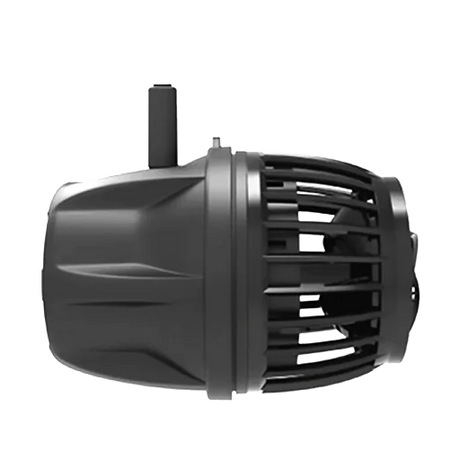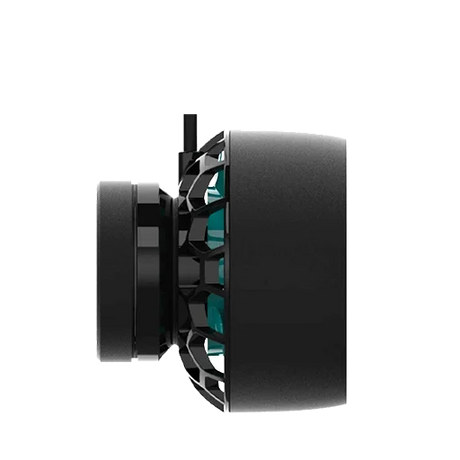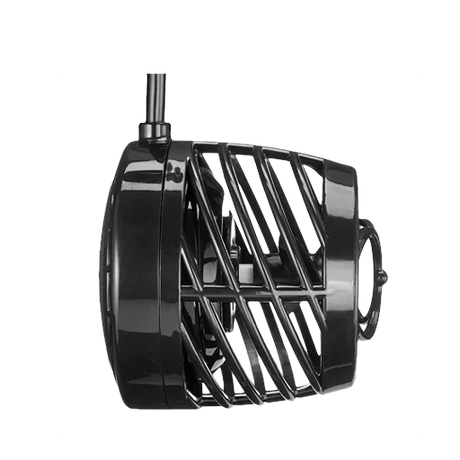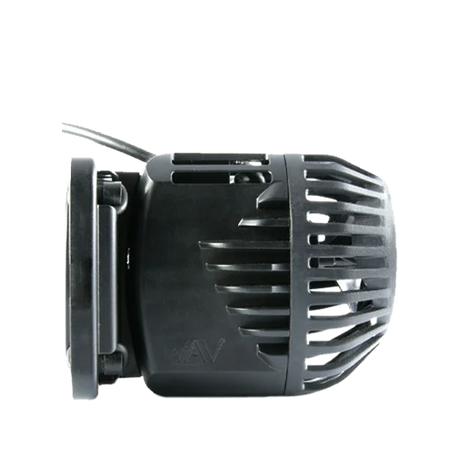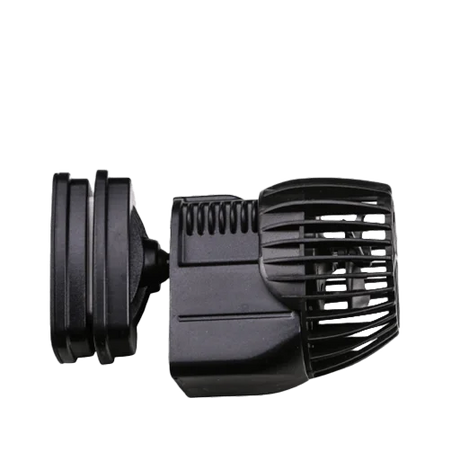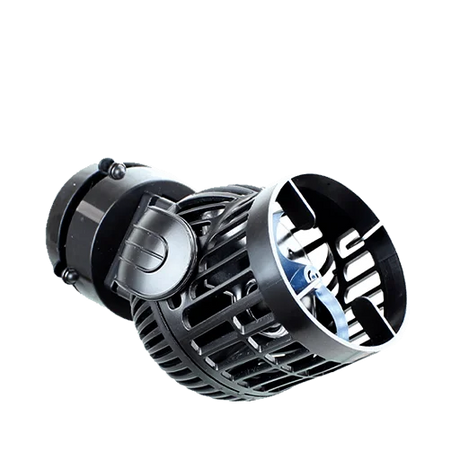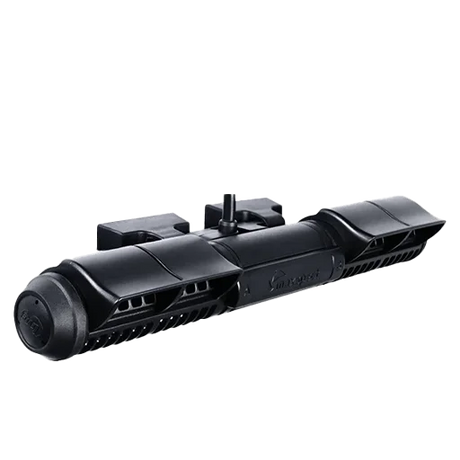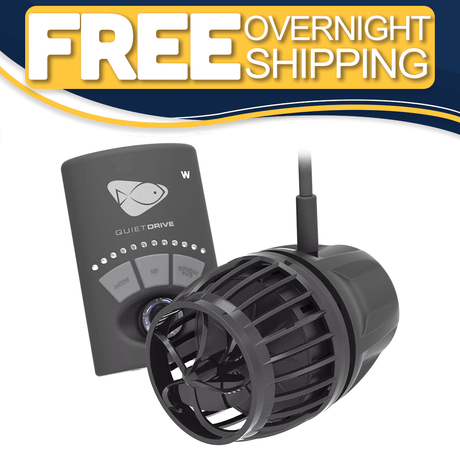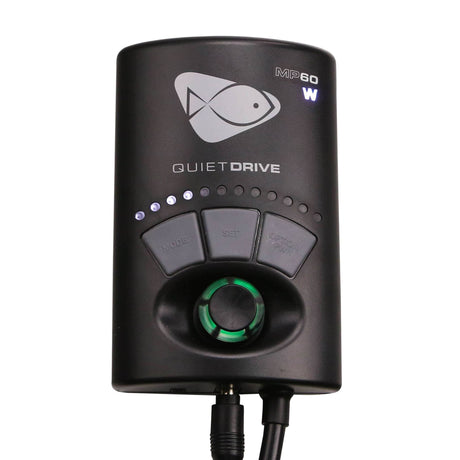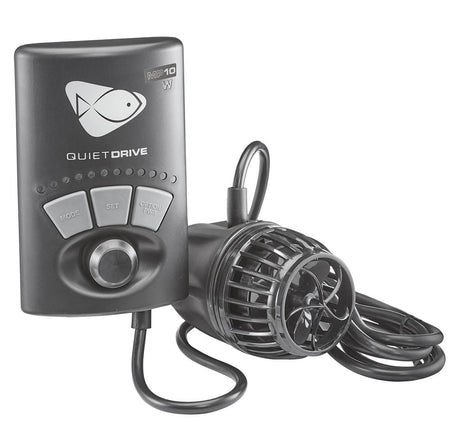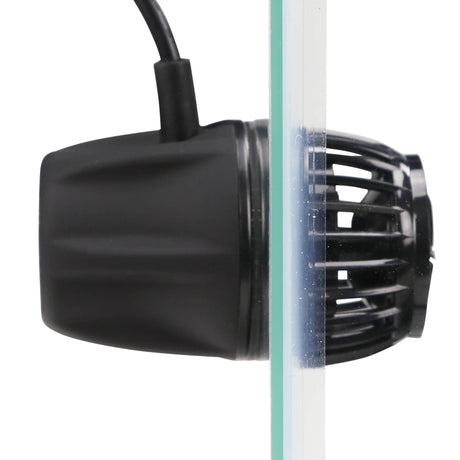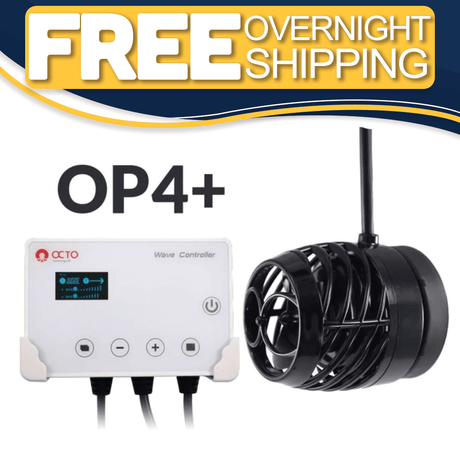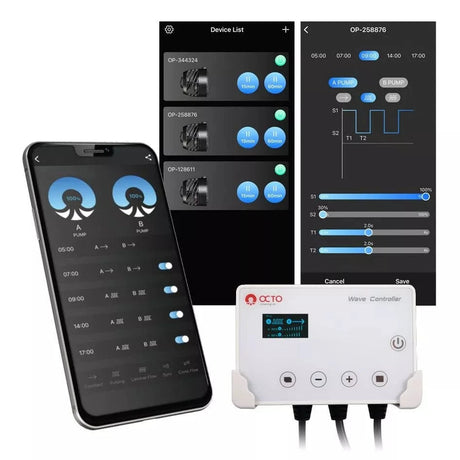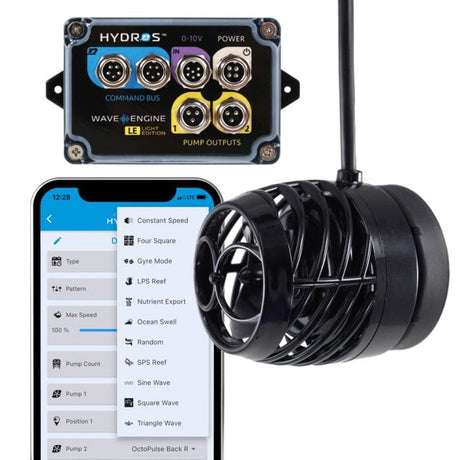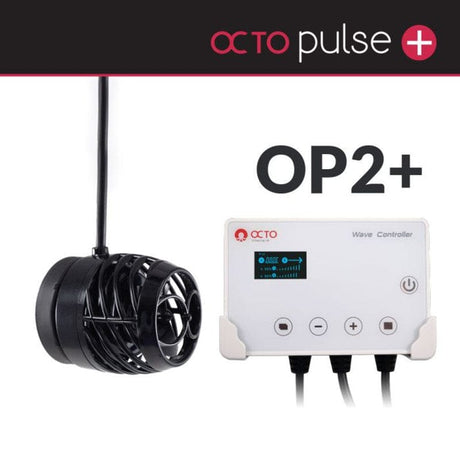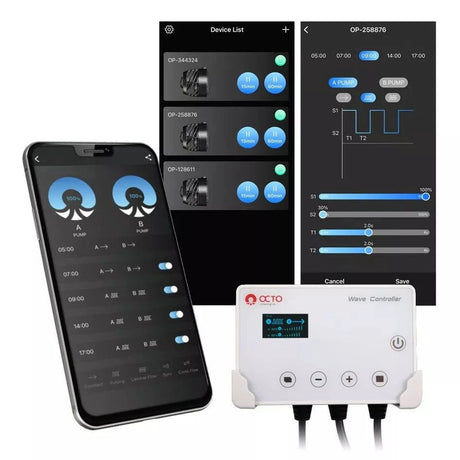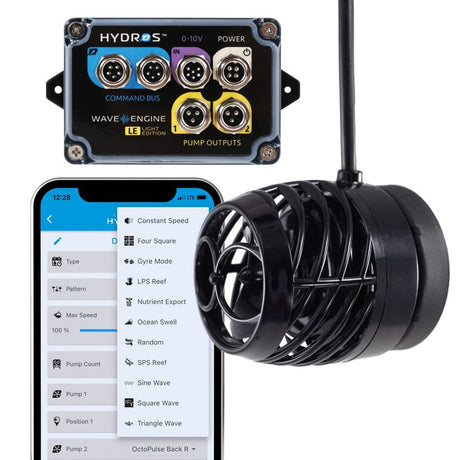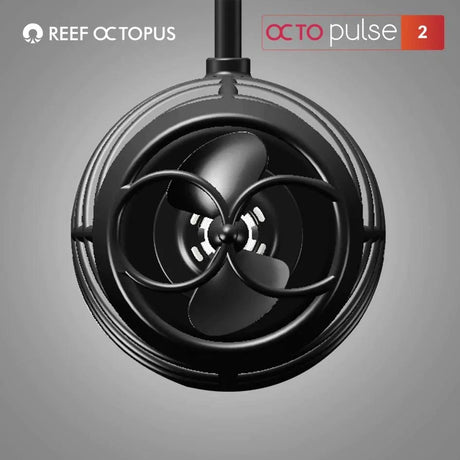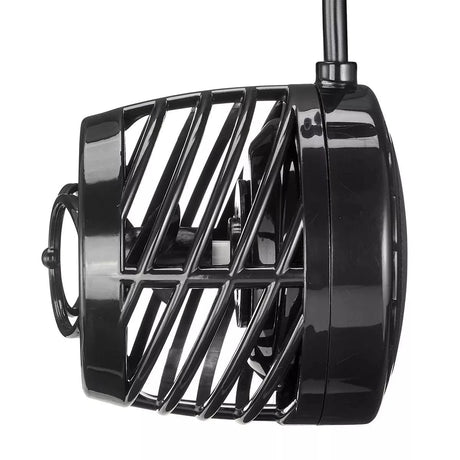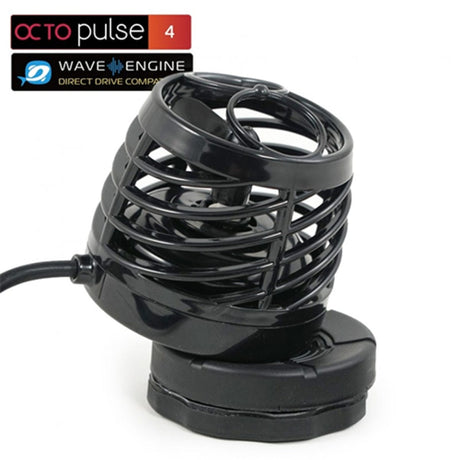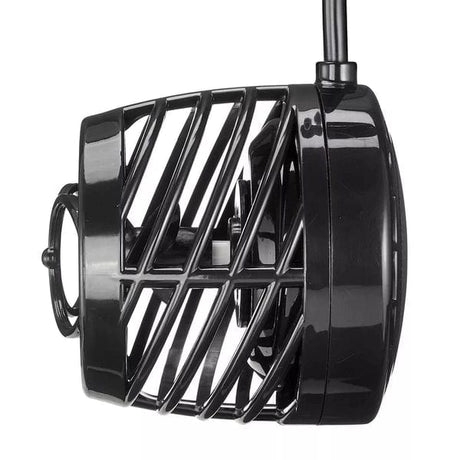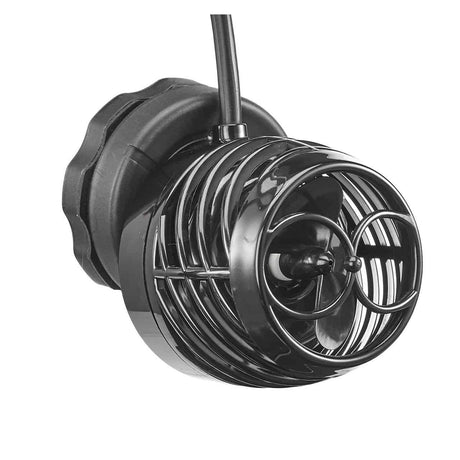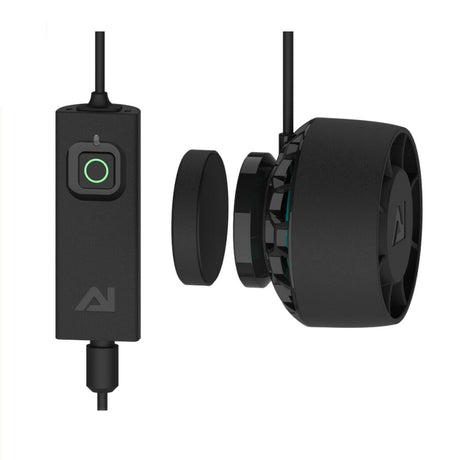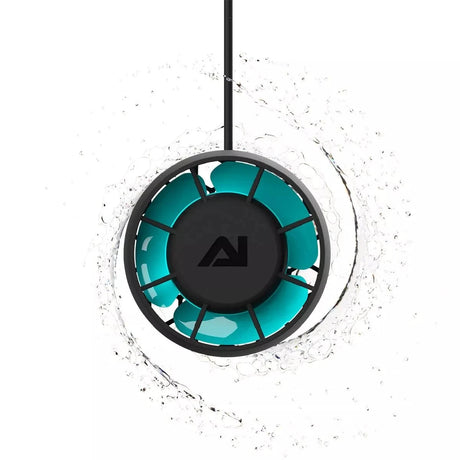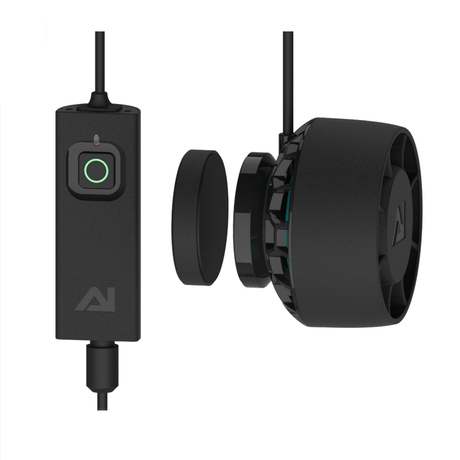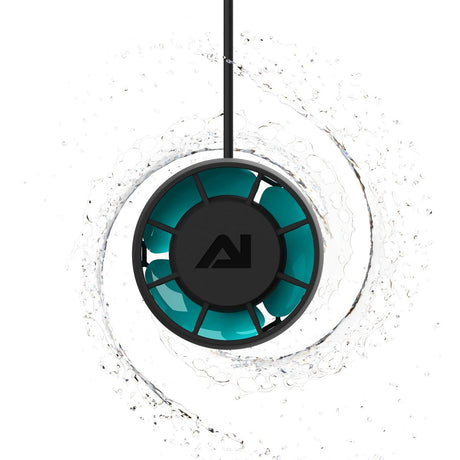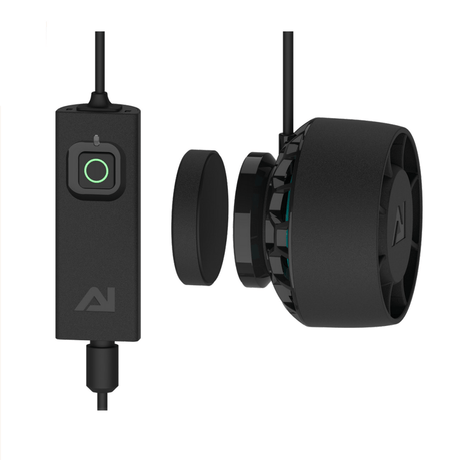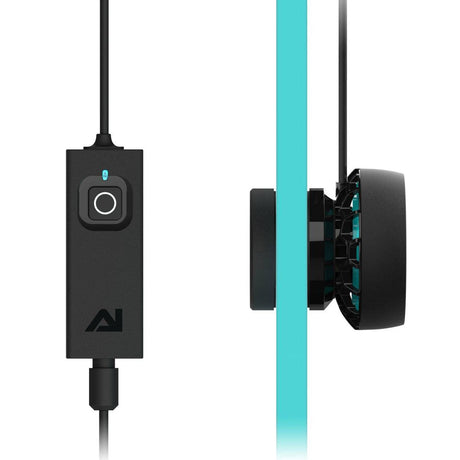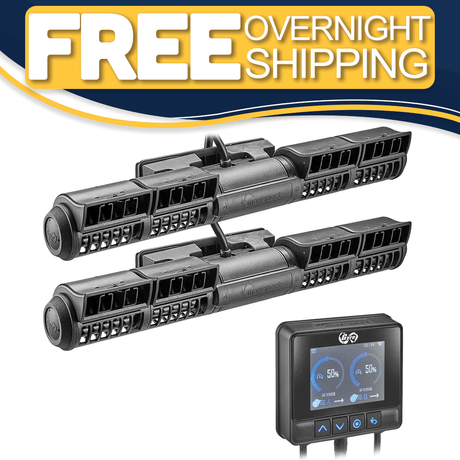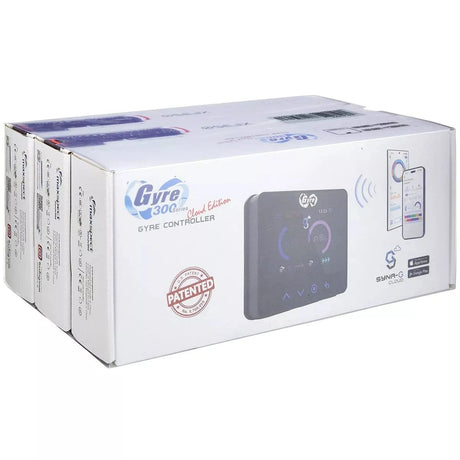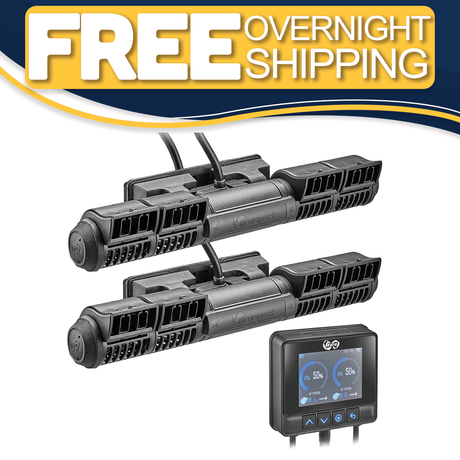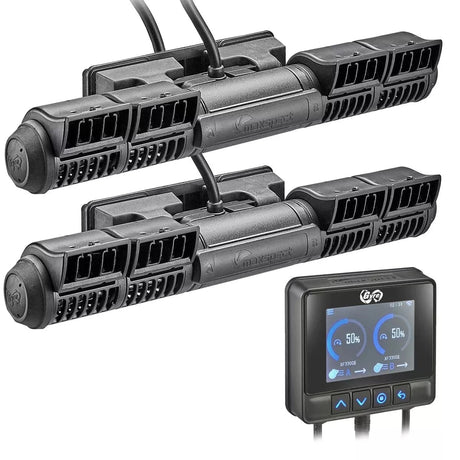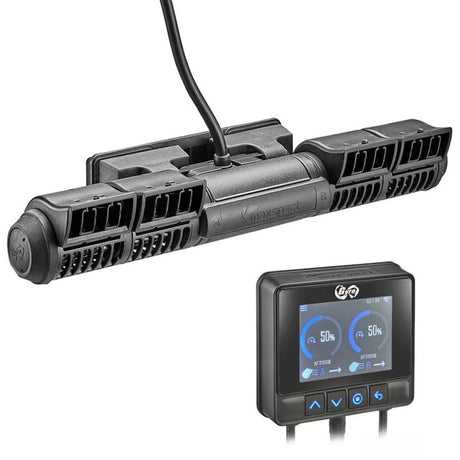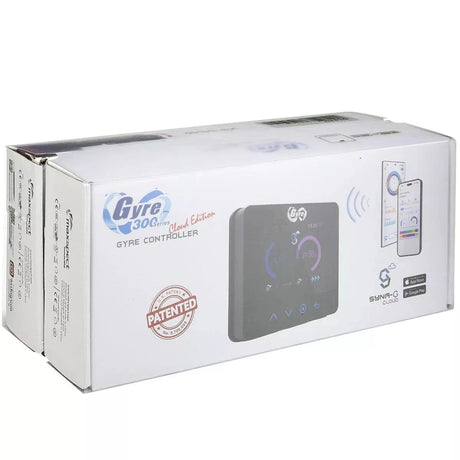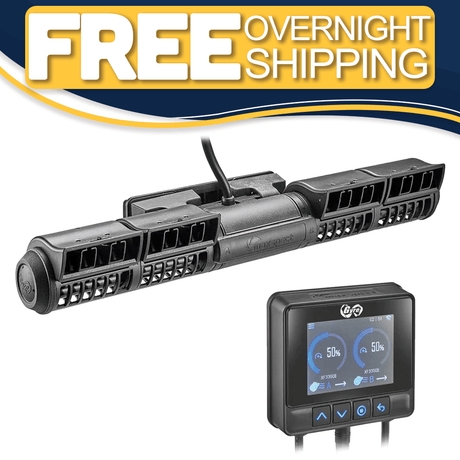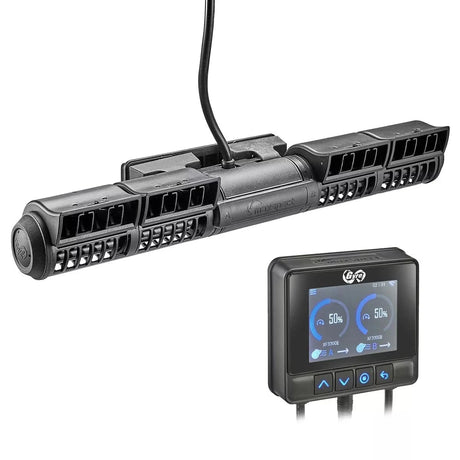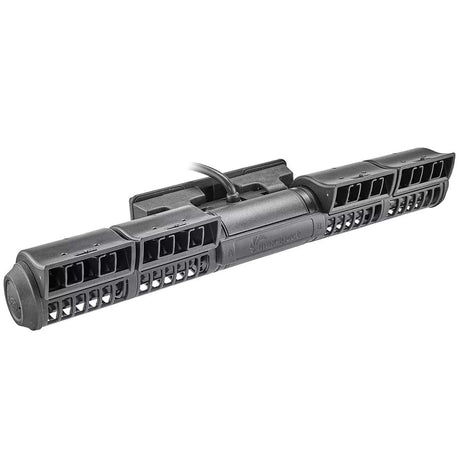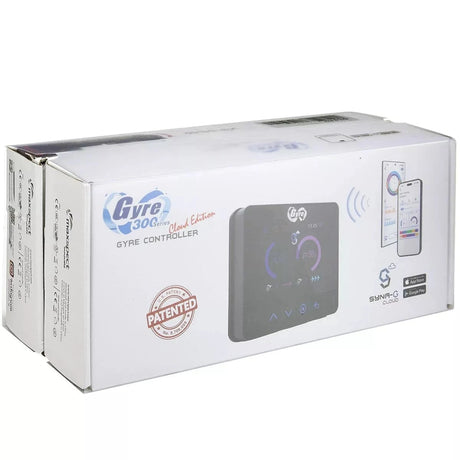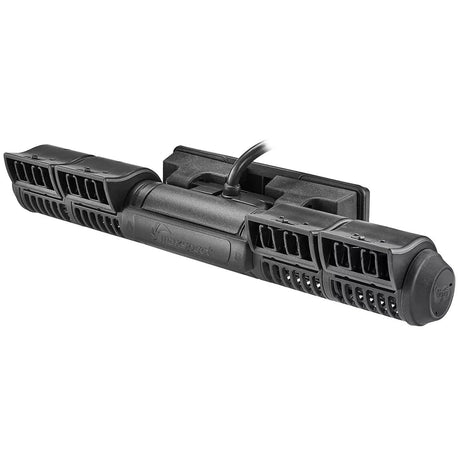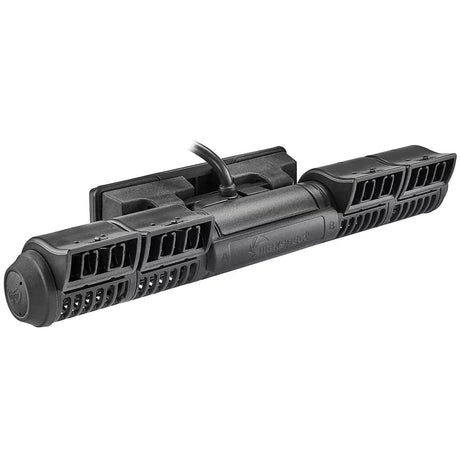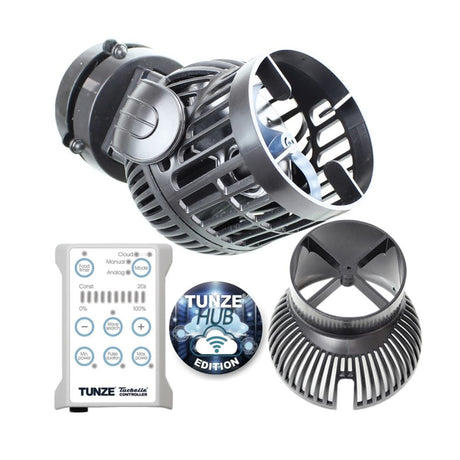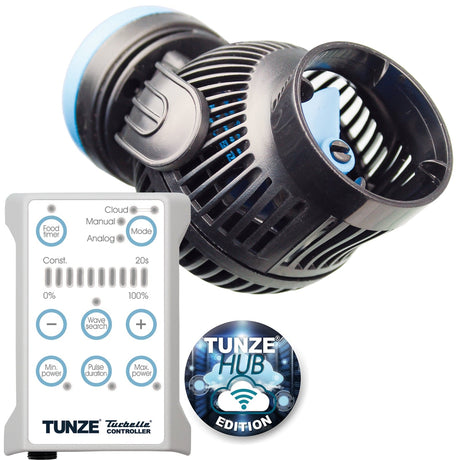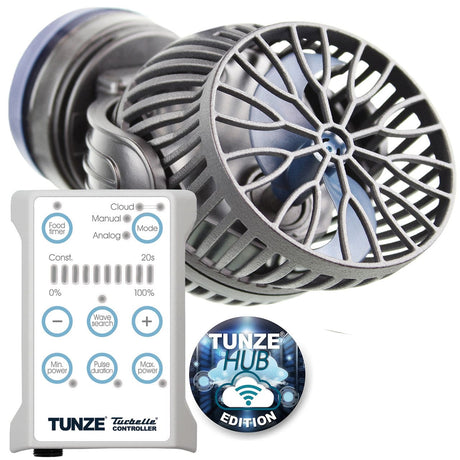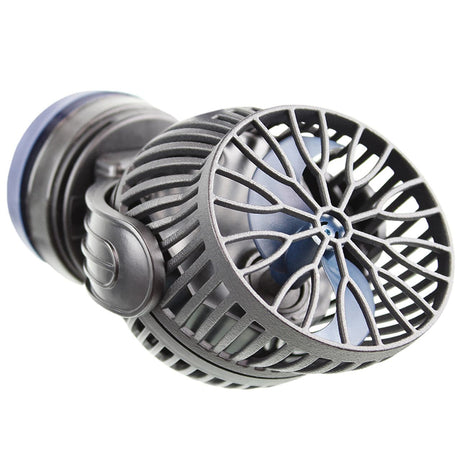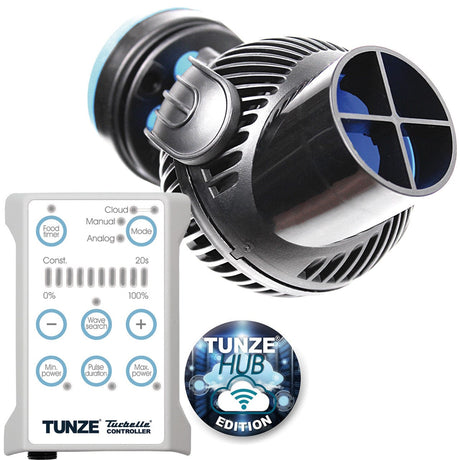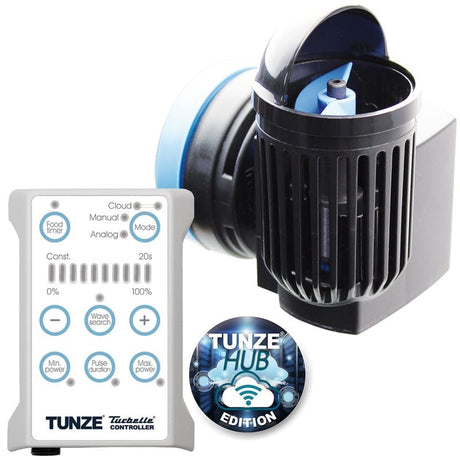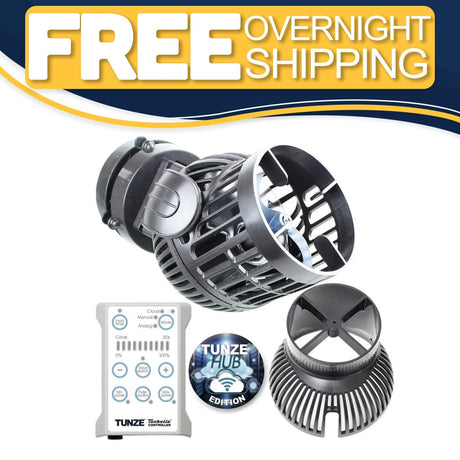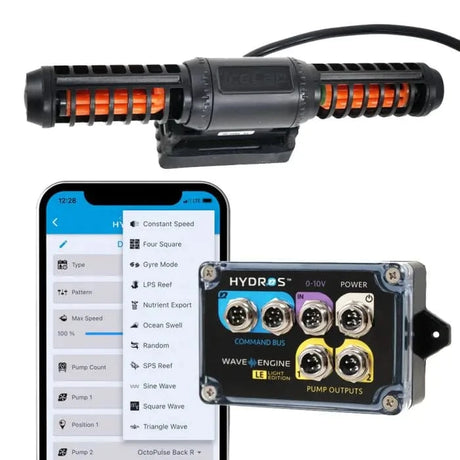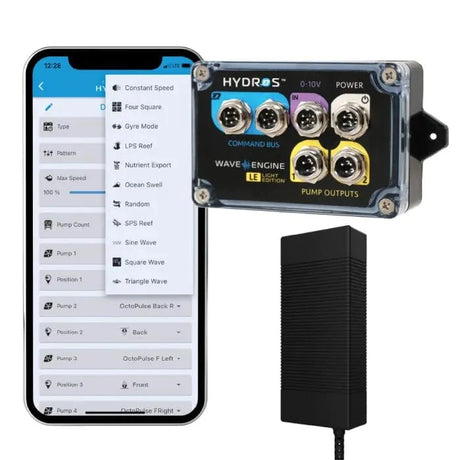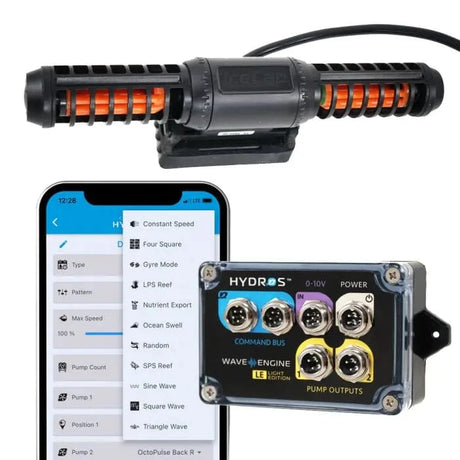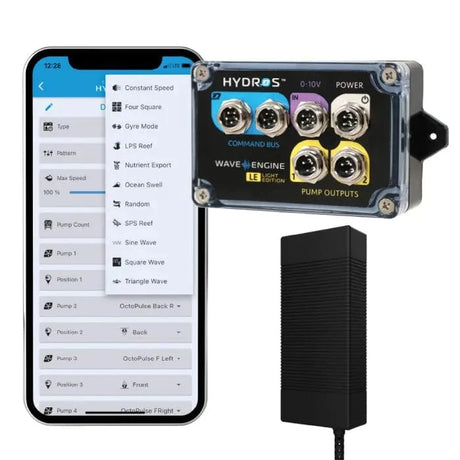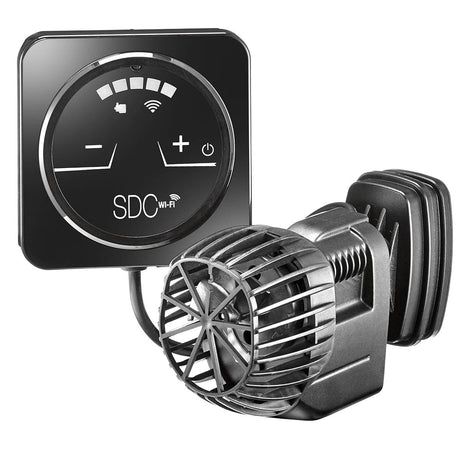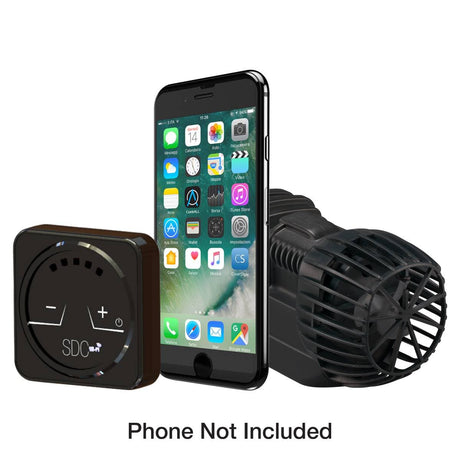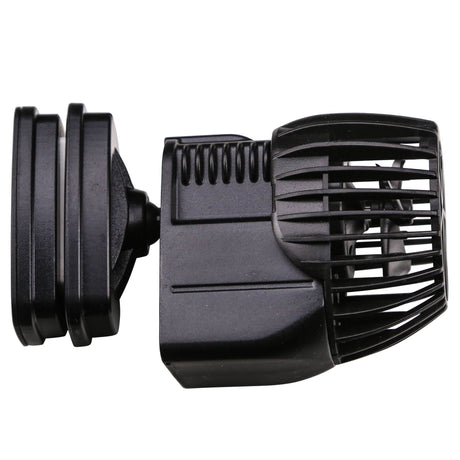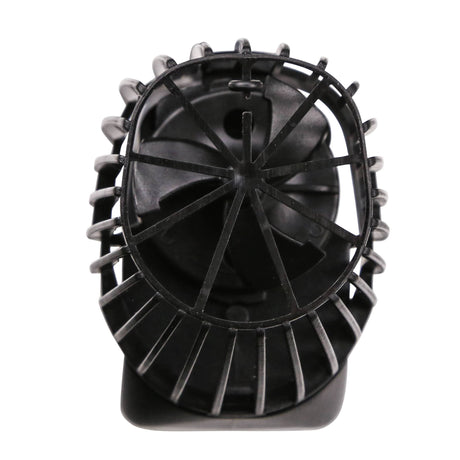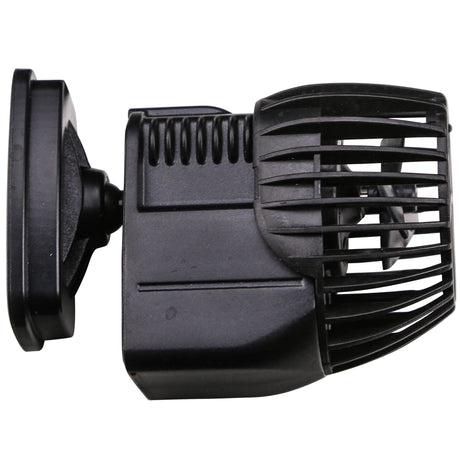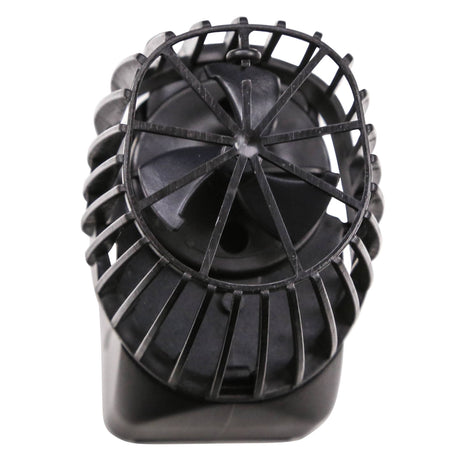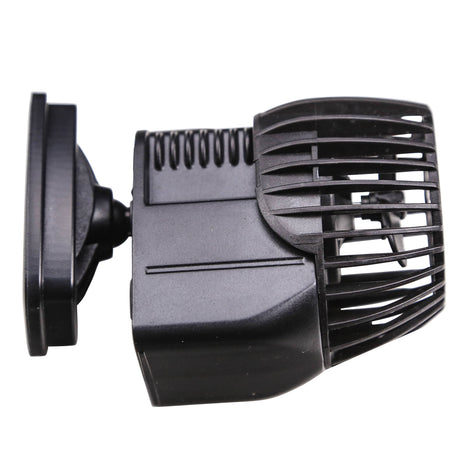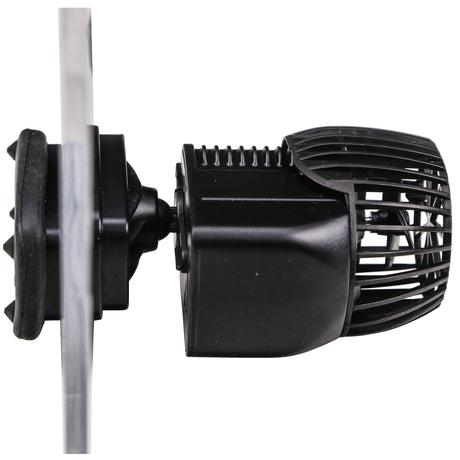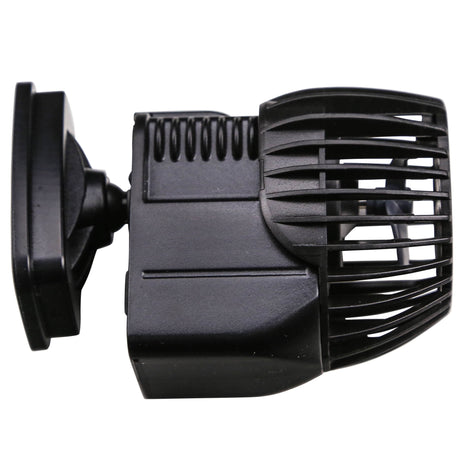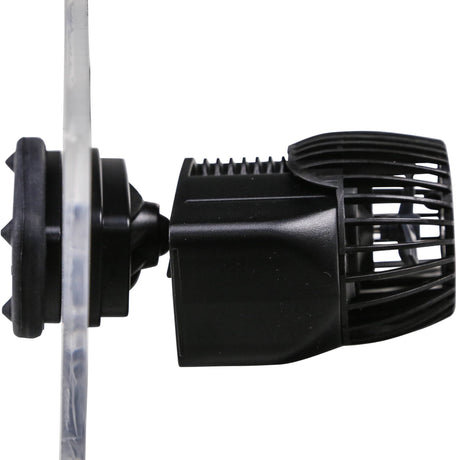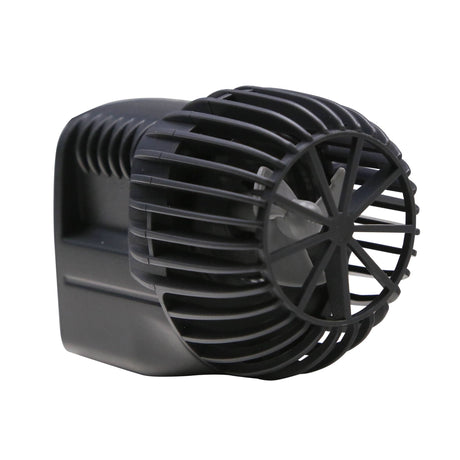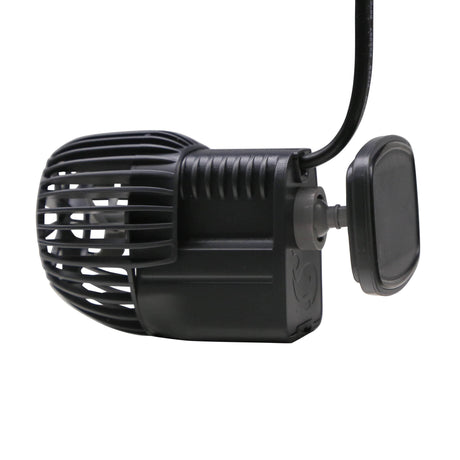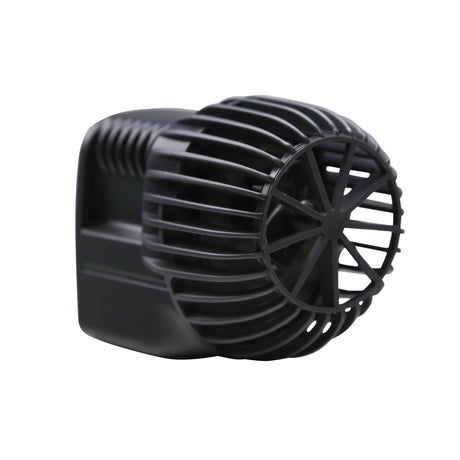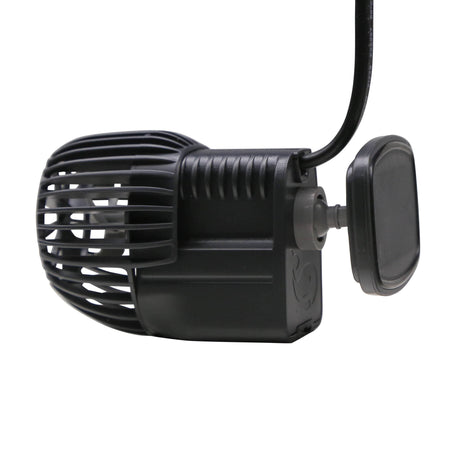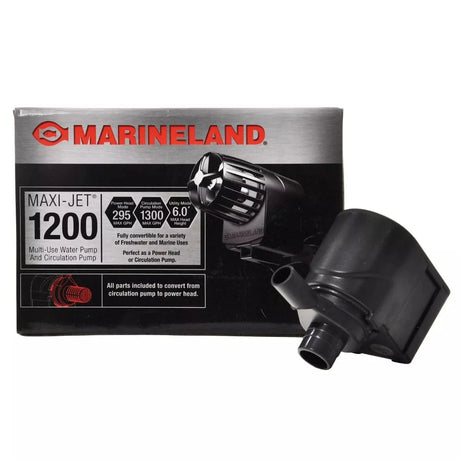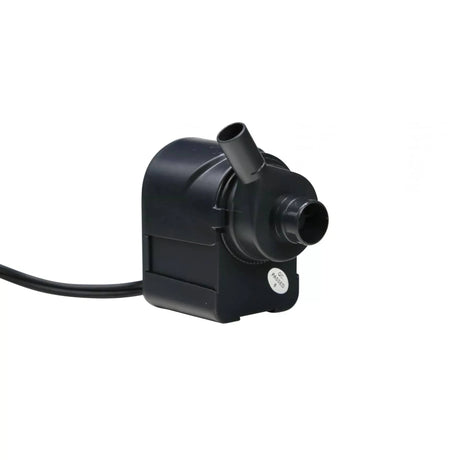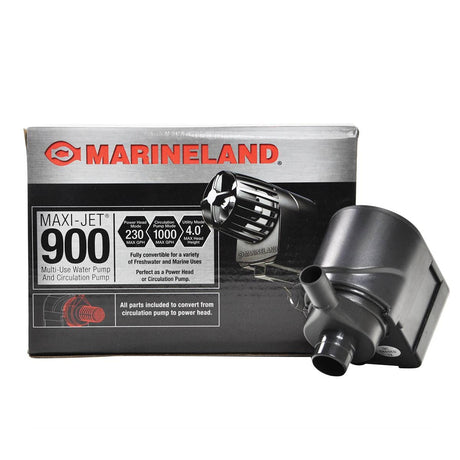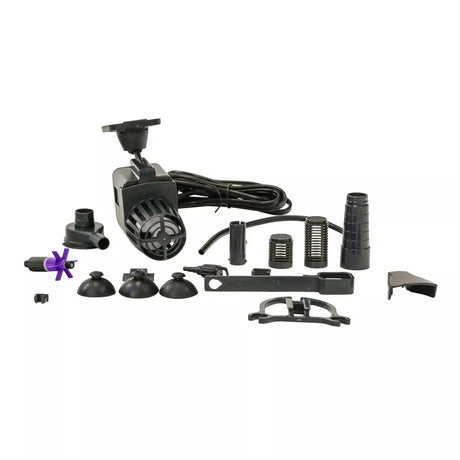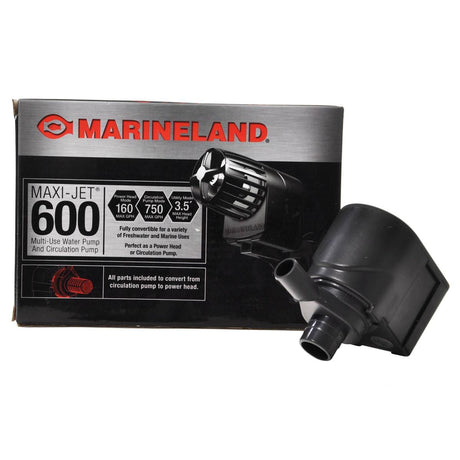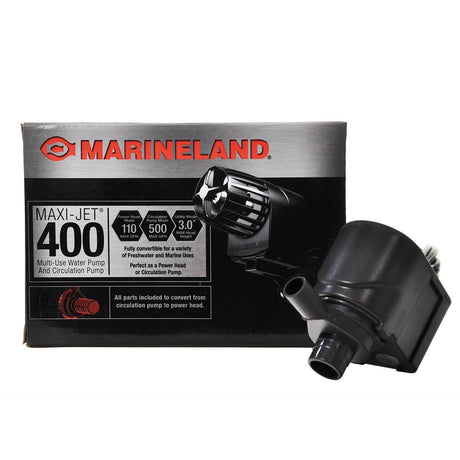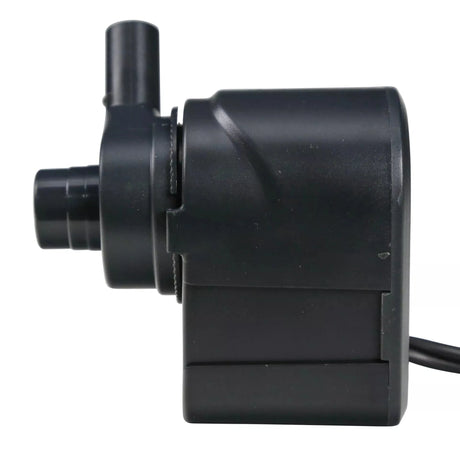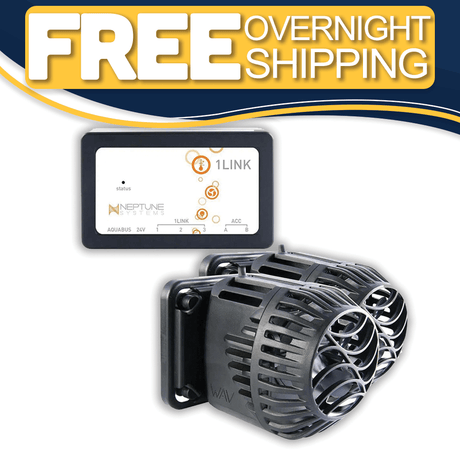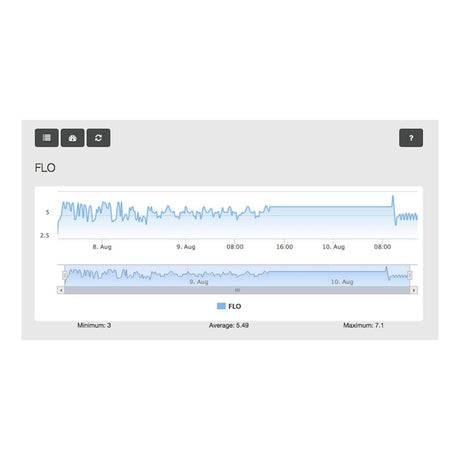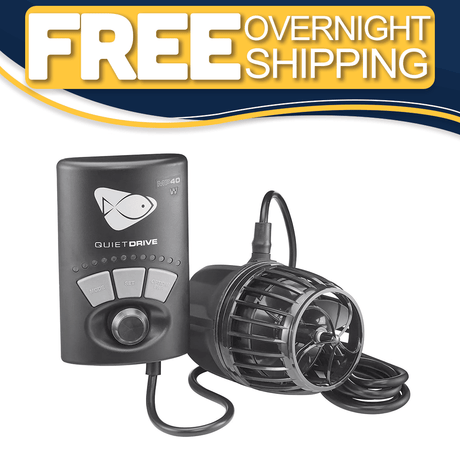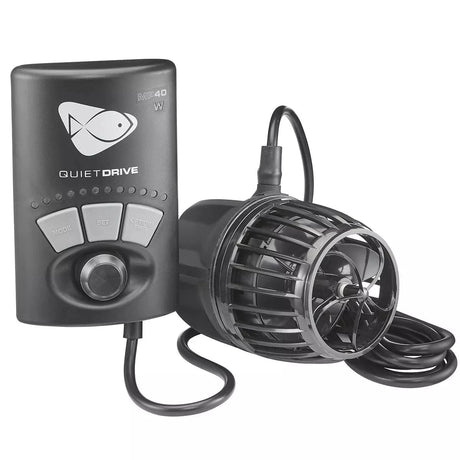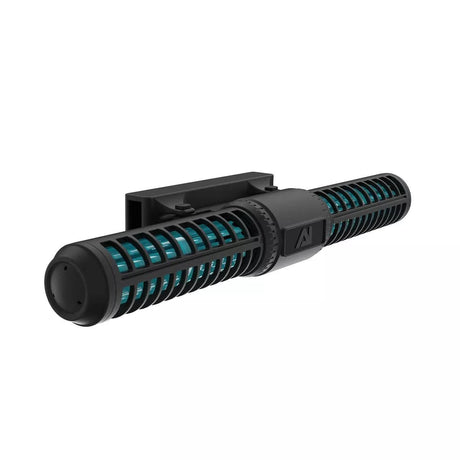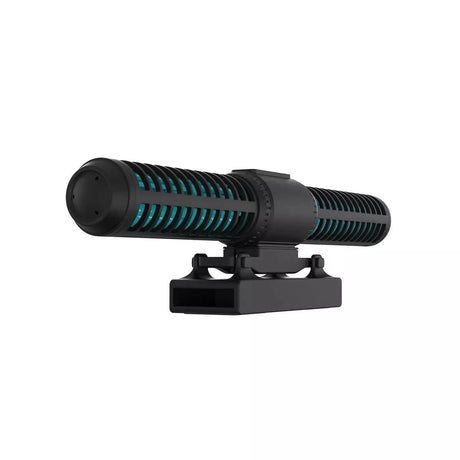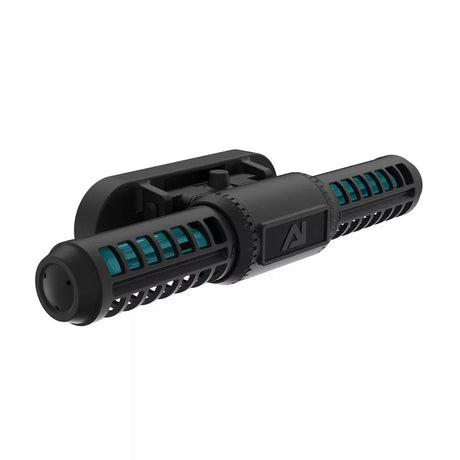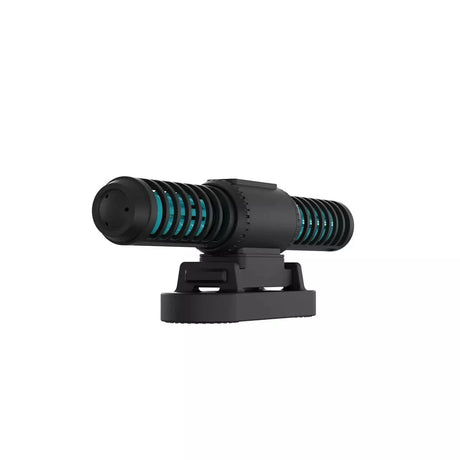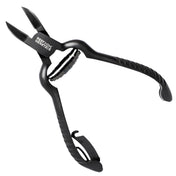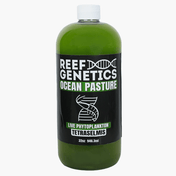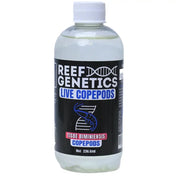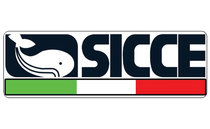VorTech MP60mQD - Mobius Ready QuietDrive Propeller Pump - EcoTech Marine
$87999Unit price /UnavailableVorTech MP10mQD - Mobius Ready QuietDrive Propeller Pump - EcoTech Marine
$37999Unit price /UnavailableOcto Pulse 4+ Wave Pump - Reef Octopus
$43999Unit price /UnavailableOcto Pulse 4 Wave Pump with WaveEngine LE Controller - Reef Octopus
$40699Unit price /UnavailableOcto Pulse 2+ Wave Pump - Reef Octopus
$38499Unit price /UnavailableOcto Pulse 2 Flow Pump with WaveEngine LE Controller - Reef Octopus
$36299Unit price /UnavailableOcto Pulse 4 Wave Pump - Pump Only - Reef Octopus
$24199Unit price /UnavailableOcto Pulse 2 Wave Pump - Pump Only - Reef Octopus
$20349Unit price /UnavailableNero 7 Powerhead (4000 GPH) - Aqua Illumination
$32999Unit price /UnavailableNero 5 Powerhead (3000 GPH) - Aqua Illumination
$23999Unit price /UnavailableNero 3 Powerhead (2000 GPH) - Aqua Illumination
$17999Unit price /UnavailableGyre XF350 Cloud Edition - Double Package (2x 5280 GPH) - Maxspect
$57999Unit price /UnavailableGyre XF330 Cloud Edition - Double Package (2x 2350 GPH) - Maxspect
$48999Unit price /UnavailableGyre XF330 Cloud Edition - Standard Package (2350 GPH) - Maxspect
$33999Unit price /UnavailableGyre XF350 Cloud Edition - Standard Package (5280 GPH) - Maxspect
$39999Unit price /UnavailableGyre XF350 Cloud Edition - Pump Only (5280 GPH) - Maxspect
$18999Unit price /UnavailableGyre XF330 Cloud Edition - Pump Only (2350 GPH) - Maxspect
$16999Unit price /UnavailableReefWave 45 Pump with Controller (3960 GPH) - Red Sea
$40900Unit price /Unavailable- $39999Unit price /Unavailable
Turbelle NanoStream 6095 - Tunze
$32999Unit price /UnavailableTurbelle NanoStream 6075 - Tunze
$32999Unit price /Unavailable- $24999Unit price /Unavailable
Turbelle NanoStream 6040 - Tunze
$22999Unit price /UnavailableTurbelle EcoStream 6255 Eco - Tunze
$54999Unit price /UnavailableIceCap 4K Gyre Flow Pump With WaveEngine LE - CoralVue
$36299Unit price /UnavailableIceCap 2K Gyre Flow Pump With WaveEngine LE - CoralVue
$32999Unit price /UnavailableXStream SDC WiFi Controlled Pump (270 - 2250 GPH) - Sicce
$29999Unit price /Unavailable
XStream Wave Pump (2120 GPH) - Sicce
$12999Unit price /Unavailable
XStream Wave Pump (1720 GPH) - Sicce
$11999Unit price /Unavailable
XStream Wave Pump (1320 GPH) - Sicce
$9999Unit price /Unavailable
XStream Wave Pump (925 GPH) - Sicce
$8999Unit price /UnavailableVoyager Nano (530 GPH) - Sicce
$4999Unit price /UnavailableVoyager Nano (270 GPH) - Sicce
$4299Unit price /UnavailableMaxi-Jet Powerhead 1200 - Marineland
$3499Unit price /UnavailableMarineland Maxi-Jet 900 Pro - Marineland
$2999Unit price /UnavailableMaxi-Jet Powerhead 600 - Marineland
$2499Unit price /UnavailableMaxi-Jet Powerhead 400 - Marineland
$2299Unit price /UnavailableWSK WAV Starter Kit - Neptune Systems
$50499Unit price /UnavailableVorTech MP40mQD - Propeller Pump - EcoTech Marine
$46999Unit price /UnavailableReefWave 25 Pump with Controller (1980 GPH) - Red Sea
$35900Unit price /UnavailableOrbit 4 Cross-Flow Pump - AquaIllumination
$31999Unit price /UnavailableOrbit 2 Cross-Flow Pump - AquaIllumination
$27900Unit price /Unavailable
Top Powerhead Equipment
Aquarium Powerheads FAQ
Do I really need a powerhead in a reef tank?
Do I really need a powerhead in a reef tank?
How do I choose the right powerhead for my system?
How do I choose the right powerhead for my system?
Can I use more than one powerhead?
Can I use more than one powerhead?
How often should I clean my powerhead?
How often should I clean my powerhead?
Where should I place powerheads in my tank?
Where should I place powerheads in my tank?
